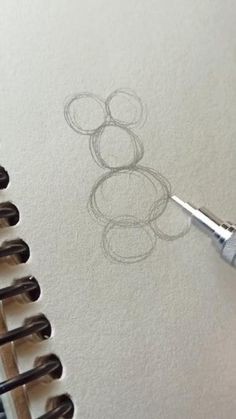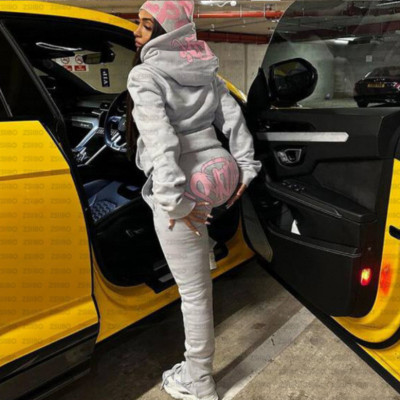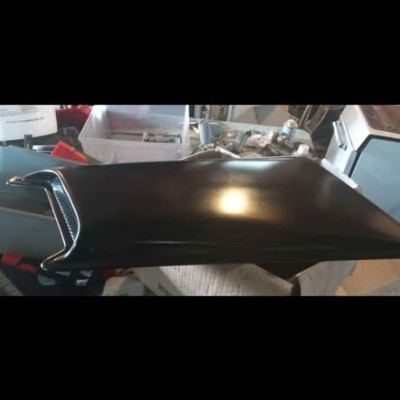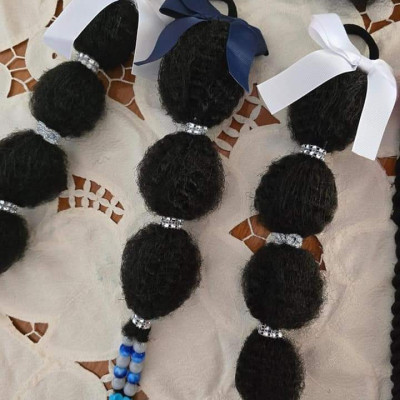A Comprehensive Guide to Body Drawing: Mastering the Human Form
Drawing the human body is a challenging yet rewarding endeavor for artists. Capturing the complexities of human anatomy requires both technical skill and a deep understanding of the form. This comprehensive guide will walk you through the essential techniques and concepts for mastering body drawing, from basic anatomy to advanced figure composition.
1. Understanding Human Anatomy
1.1. The Basics of Human Anatomy
Before diving into drawing, it’s crucial to understand the basic structure of the human body. Familiarize yourself with the skeletal system, muscles, and their functions. The human body consists of approximately 206 bones and numerous muscles that work together to create movement.
Skeleton: The skeleton provides the framework for the body. Key bones to study include the skull, spine, rib cage, pelvis, and limbs.
Muscles: Muscles cover the bones and are responsible for movement. Focus on major muscle groups like the deltoids, biceps, triceps, pectorals, and quadriceps.
1.2. Proportions and Measurements
Understanding proportions is crucial in achieving a realistic representation of the human body. A common method is using the "head" as a unit of measurement.
Head Count Method: The average adult body is about 7.5 to 8 heads tall. The head is typically used as a unit to measure the length of the torso, arms, and legs.
Body Proportions: Study the proportions of various body parts. For example, the width of the shoulders is roughly 2 head-widths, and the length of the arm from shoulder to fingertips is approximately 3 head-lengths.
2. Drawing Techniques
2.1. Gesture Drawing
Gesture drawing focuses on capturing the movement and energy of the body. It’s a quick and expressive way to sketch the overall posture and flow of the figure.
Quick Sketches: Spend just a few minutes on each pose to capture the essence of the movement.
Fluid Lines: Use dynamic, sweeping lines to depict the body's action and rhythm.
2.2. Constructive Drawing
Constructive drawing involves breaking down the body into basic geometric shapes to build a solid structure.
Basic Shapes: Start with simple shapes like spheres, cylinders, and boxes to represent the head, torso, and limbs.
Volume and Depth: Use these shapes to create a three-dimensional effect, focusing on how they overlap and interact.
2.3. Contour Drawing
Contour drawing emphasizes the outline of the body and the details of its form.
Outline: Draw the external lines of the body to define its shape and proportions.
Detailing: Add details like muscle definition and anatomical landmarks to enhance realism.
3. Advanced Techniques
3.1. Foreshortening
Foreshortening is a technique used to depict an object or figure in perspective, making it appear shorter than it is due to its angle.
Perspective Lines: Use guidelines to ensure accurate perspective and proportion.
Practice: Draw objects and figures from different angles to understand how foreshortening affects their appearance.
3.2. Dynamic Poses
Drawing dynamic poses involves capturing the body in motion, conveying energy and movement.
Action Lines: Use flowing lines to represent the direction and force of movement.
Balance and Weight: Study how the body shifts weight and maintains balance during various actions.
4. Practical Exercises
4.1. Anatomy Studies
Regularly practice drawing individual body parts and muscles to build a solid understanding of anatomy.
Muscle Groups: Focus on specific muscle groups and their interaction with bones and other muscles.
Skeleton Practice: Draw the skeleton to understand bone structure and joint placement.
4.2. Life Drawing
Life drawing involves drawing from a live model, providing invaluable experience in capturing realistic human figures.
Short Sessions: Start with short, timed sessions to practice quick gesture drawing and build confidence.
Long Sessions: Gradually move to longer sessions to focus on detail and accuracy.
4.3. Digital Tools
If you’re working digitally, use software tools to enhance your drawing process.
Layers: Utilize layers to separate different elements of your drawing, making it easier to adjust and refine.
Reference Images: Use digital references and anatomy guides to improve accuracy and understanding.
5. Tips for Improvement
Regular Practice: Consistent practice is key to improvement. Dedicate time each day to draw and refine your skills.
Study Masters: Analyze the work of accomplished artists to understand their techniques and approaches.
Seek Feedback: Share your work with others to receive constructive criticism and suggestions.
6. Conclusion
Mastering body drawing is a journey that requires patience, practice, and a thorough understanding of human anatomy. By studying the basic structure, employing various drawing techniques, and engaging in regular practice, you can develop your skills and create dynamic, lifelike representations of the human body. Remember, the key to success is perseverance and a willingness to continually learn and improve. Happy drawing!






